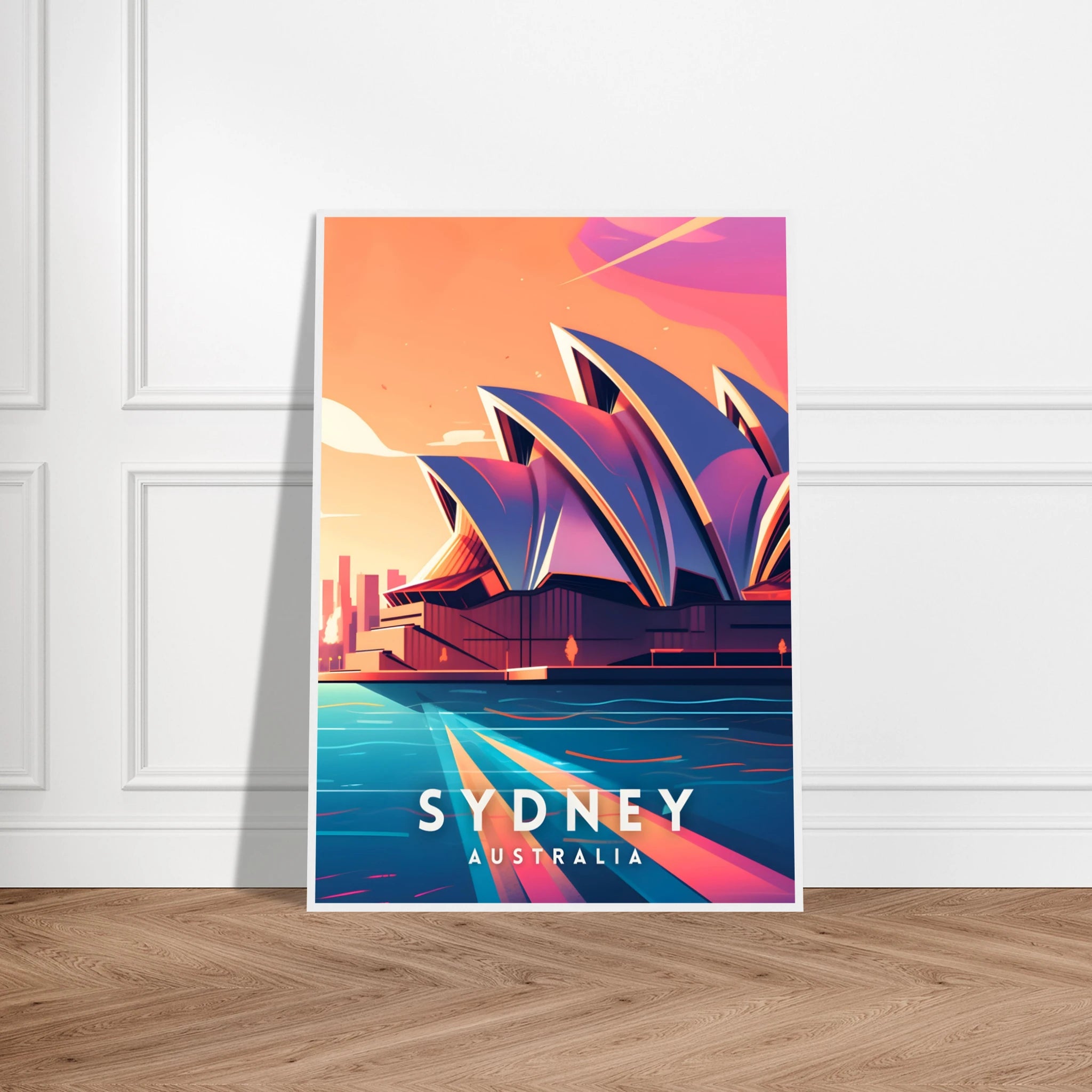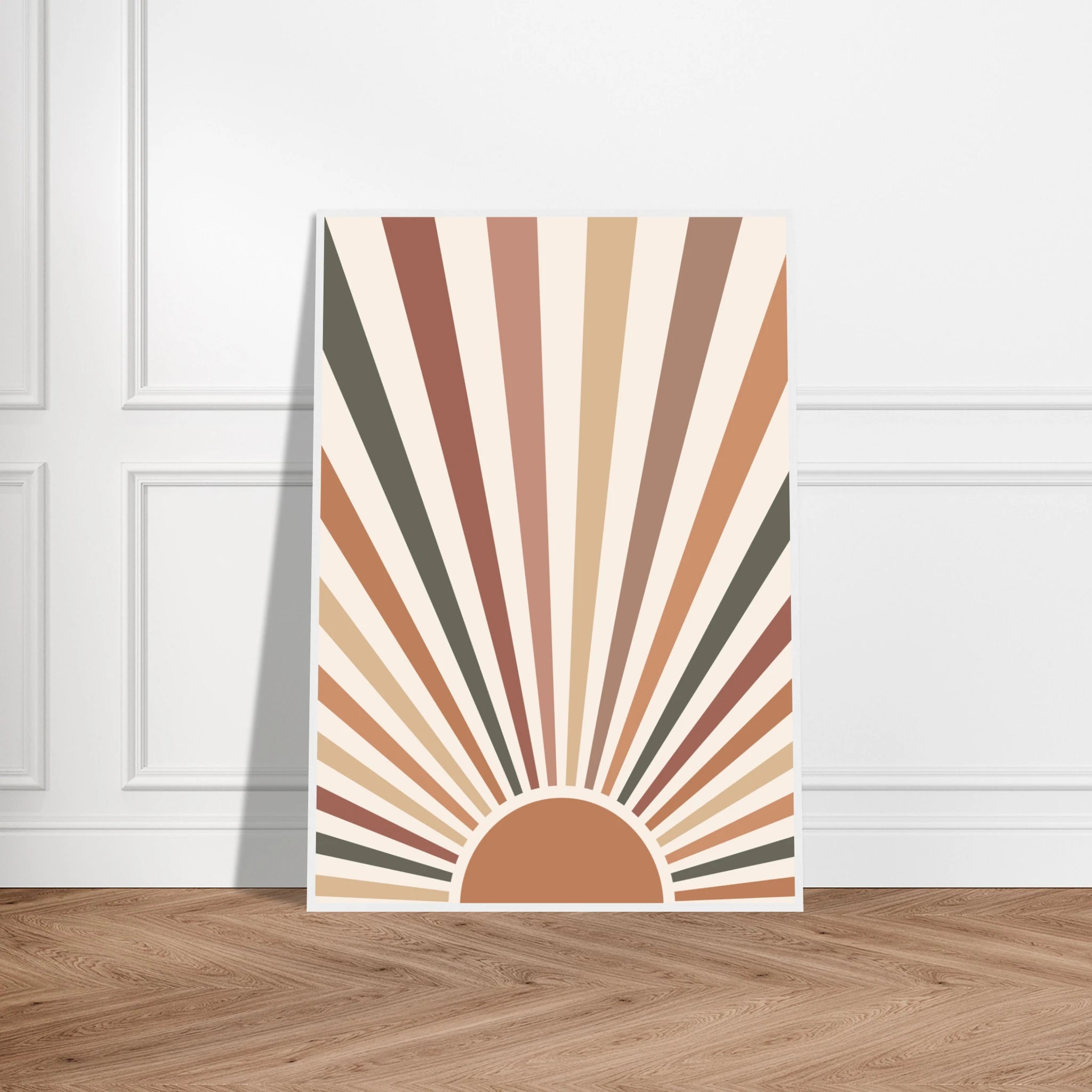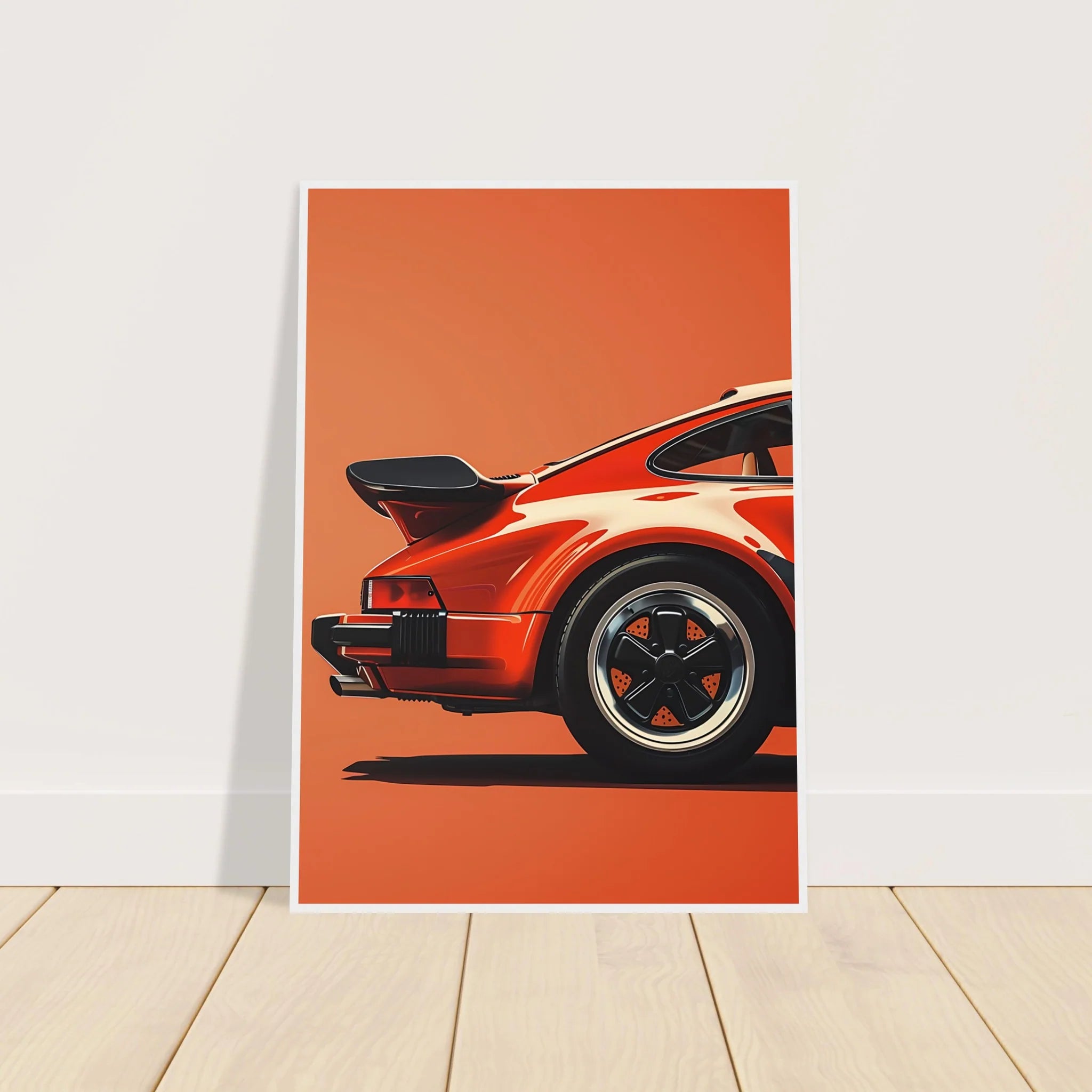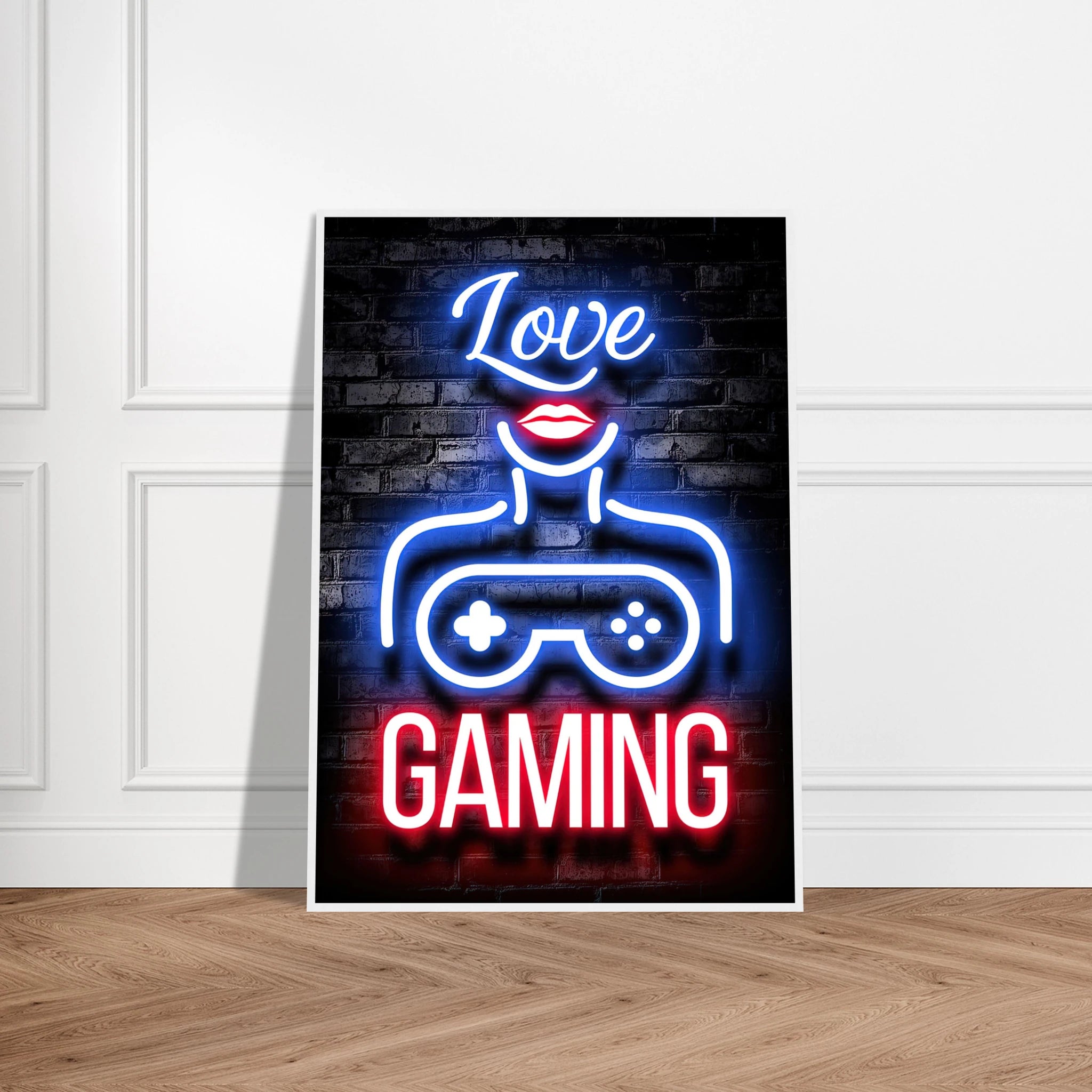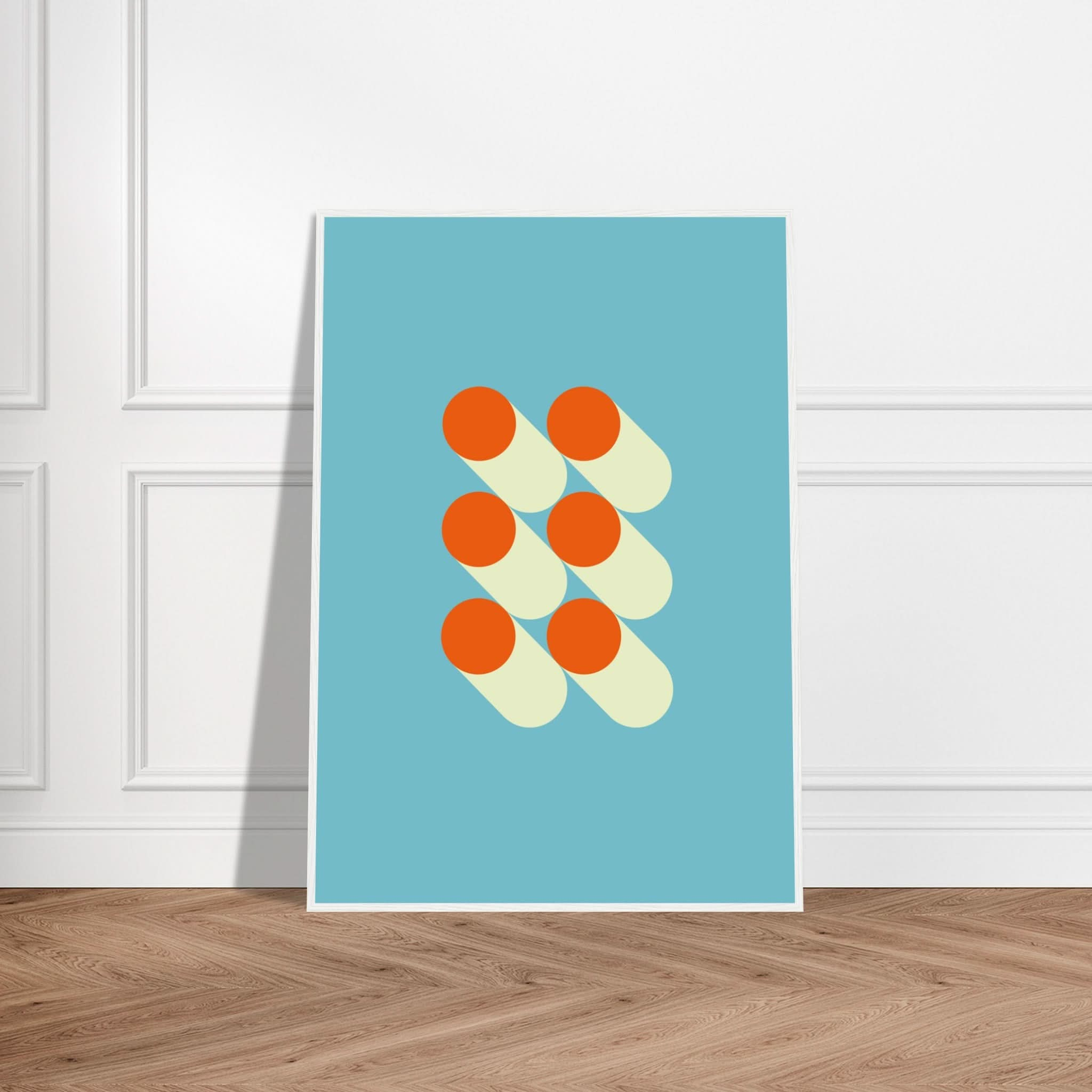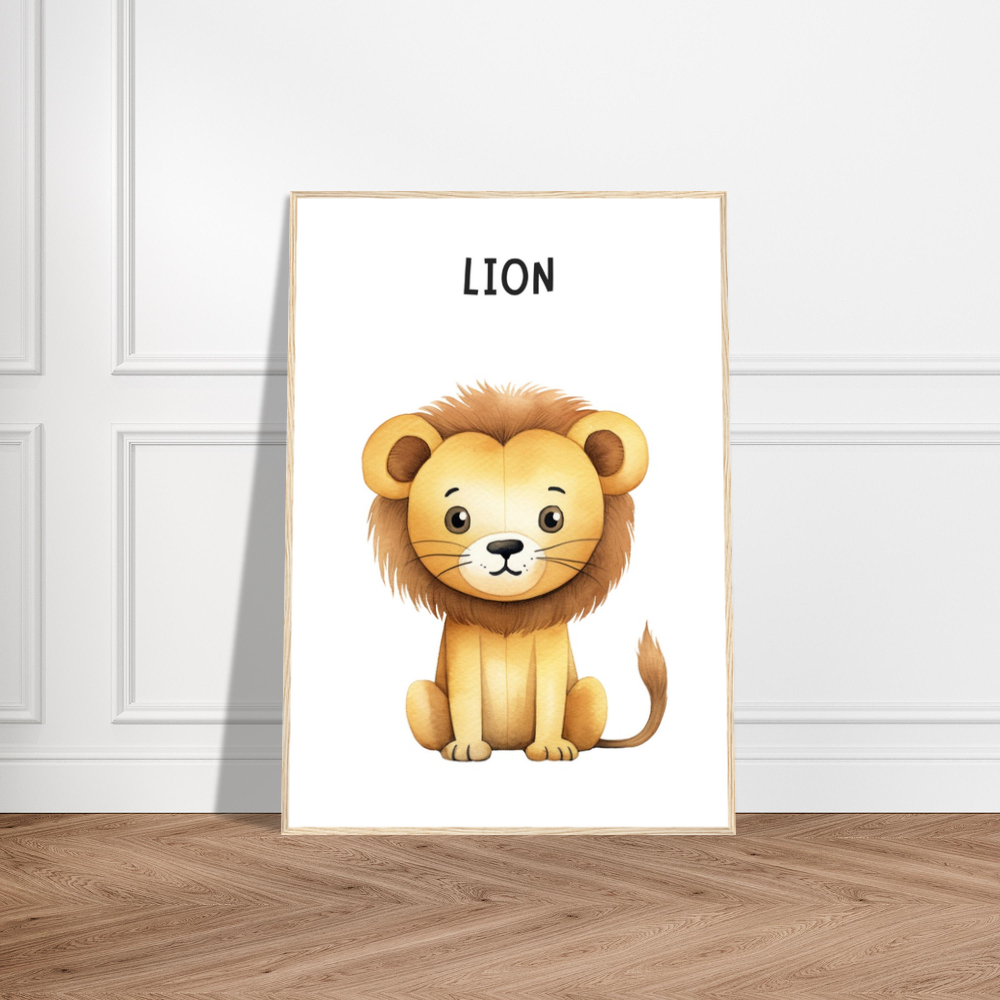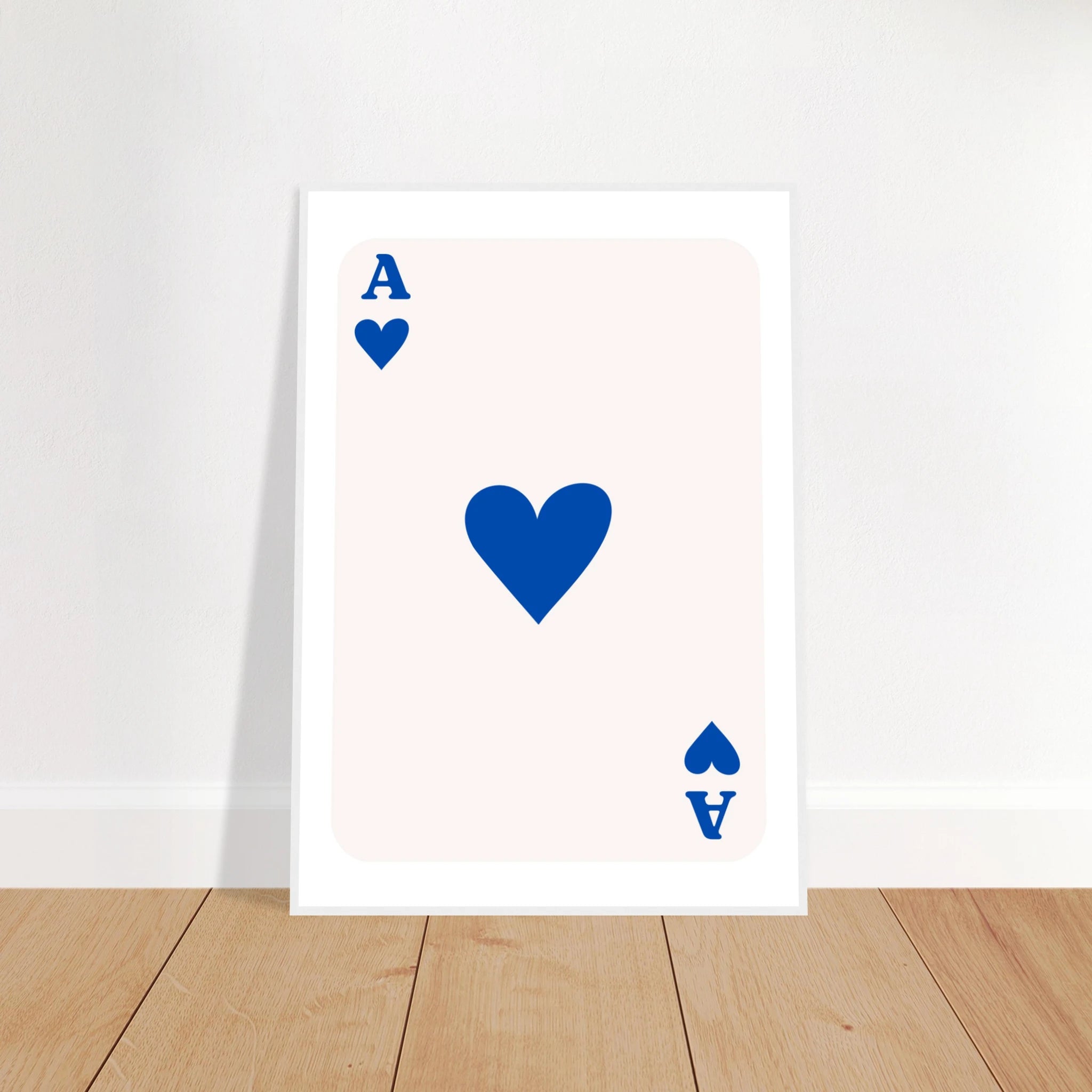How to Create the Perfect Gallery Wall in 2025: A Complete Guide
Share
How to Create the Perfect Gallery Wall in 2025: A Complete Guide
Introduction: The Gallery Wall Revolution
Gallery walls have become the ultimate expression of personal style in modern homes. No longer reserved for art galleries and museums, these curated collections of artwork transform blank walls into captivating focal points that tell your unique story. In 2025, gallery walls continue to evolve, embracing both traditional techniques and contemporary innovations.
Creating the perfect gallery wall isn't just about hanging pictures randomly on a wall. It's an art form that requires planning, creativity, and understanding of design principles. Whether you're a seasoned decorator or a complete beginner, this comprehensive guide will walk you through every step of creating a gallery wall that reflects your personality and elevates your space.
Planning Your Gallery Wall: The Foundation of Success
Before you hammer a single nail, successful gallery wall creation begins with careful planning. Start by selecting the perfect location – ideally a wall that receives natural light but isn't directly opposite a window to avoid glare issues. Consider the viewing angle and ensure the wall is visible from your room's main seating areas.
Measure your available wall space carefully, noting any obstacles like light switches, outlets, or furniture that might impact your design. A general rule is to leave at least 6-8 inches between your gallery wall and any furniture below it. For walls above sofas, aim for 6-10 inches above the furniture.
Consider the room's function when planning your gallery wall. Living rooms can handle larger, more dramatic installations, while bedrooms might benefit from more intimate, calming arrangements. Hallways offer excellent opportunities for linear gallery walls that guide visitors through your home.
Selecting the Right Mix of Art Pieces
The magic of a gallery wall lies in the careful curation of diverse yet cohesive pieces. Start by gathering more artwork than you think you'll need – having options allows for better composition decisions. Mix different sizes, with larger pieces serving as anchors and smaller pieces filling in gaps.
Consider incorporating various types of artwork: photographs, prints, paintings, drawings, and even three-dimensional objects like small shelves or mirrors. The key is maintaining a common thread – this could be a consistent color palette, similar frames, or a unifying theme or style.
Don't feel pressured to fill every inch of space. White space between pieces is crucial for visual breathing room and prevents the wall from appearing cluttered. As a general guideline, maintain 2-3 inches between smaller pieces and 3-4 inches between larger ones.
Mastering Layout Techniques
Two primary approaches dominate gallery wall design: symmetrical and asymmetrical layouts. Symmetrical arrangements create formal, balanced compositions perfect for traditional spaces. These layouts often feature identical frames or evenly spaced pieces that mirror each other around a central axis.
Asymmetrical layouts offer more creative freedom and work beautifully in contemporary settings. These arrangements rely on visual weight balance rather than perfect symmetry. Place heavier pieces (larger or darker) lower and to one side, balanced by lighter pieces on the opposite side.
The "salon style" approach maximizes wall coverage with tightly packed arrangements, while "modern grid" layouts emphasize clean lines and generous spacing. Consider your room's aesthetic when choosing between these approaches.
Before committing to nail holes, create paper templates of each piece and tape them to the wall. This allows you to experiment with different arrangements risk-free. Take photos of various configurations to compare options objectively.
Frame Selection and Coordination
Frame choices can make or break your gallery wall's cohesive appearance. While matching frames create instant unity, mixing frame styles can add visual interest when done thoughtfully. If mixing frames, maintain consistency in one element – perhaps all frames share the same color family or material.
Consider the relationship between frame colors and your room's palette. Black frames offer sophisticated contrast against light walls, while white or natural wood frames create softer, more organic feels. Metallic frames add glamour but use them sparingly to avoid overwhelming the space.
Frame width should correlate with artwork size – larger pieces can support wider frames, while delicate prints often look better in thinner frames. Remember that frames are part of your overall composition, not just protective housing for your artwork.
Professional Hanging Techniques
Proper hanging technique ensures your gallery wall looks polished and remains secure. Invest in quality hanging hardware appropriate for your wall type and artwork weight. Picture hanging strips work well for lightweight pieces on painted walls, while heavier pieces require wall anchors or screws into studs.
The standard height for hanging artwork is 57-60 inches from floor to center of the piece – this aligns with average eye level. For gallery walls, maintain this height for your central pieces, allowing others to flow naturally around them.
Use a level for every piece to ensure perfect alignment. Mark your hanging points lightly with pencil before committing to holes. For heavy pieces, always use two hanging points to prevent tilting and ensure stability.
Room-Specific Gallery Wall Ideas
Living Rooms benefit from statement gallery walls that serve as conversation starters. Consider large-scale arrangements above sofas or create dramatic floor-to-ceiling installations on prominent walls. Mix family photos with artistic prints to balance personal and aesthetic elements.
Bedrooms call for more intimate, calming arrangements. Consider gallery walls above headboards or on walls opposite the bed. Choose soothing colors and subjects that promote relaxation and personal reflection.
Hallways and Staircases offer unique opportunities for linear gallery walls that create visual journeys through your home. Use consistent spacing and consider the viewing angle as people move through the space.
Home Offices benefit from inspirational gallery walls that boost creativity and motivation. Mix motivational quotes, artistic prints, and personal achievements to create an environment that energizes and inspires.
Common Mistakes to Avoid
One of the most frequent mistakes is hanging pieces too high or too low. Remember the 57-60 inch rule and adjust for your specific space and furniture arrangements. Another common error is insufficient spacing between pieces, which creates a cluttered, overwhelming appearance.
Avoid creating gallery walls that are too small for their walls – this makes the arrangement appear lost and insignificant. When in doubt, go larger rather than smaller, and don't be afraid to extend your gallery wall beyond the width of furniture below it.
Ignoring the room's existing elements is another pitfall. Your gallery wall should complement your space's architecture, color scheme, and overall style rather than competing with it.
Long-term Success: Maintenance and Evolution
Gallery walls aren't static installations – they should evolve with your tastes and life changes. Plan for future additions by leaving some expansion space or choosing modular arrangements that can accommodate new pieces.
Regular maintenance keeps your gallery wall looking fresh. Dust frames monthly and check hanging hardware periodically to ensure everything remains secure. Consider seasonal rotations to keep your space feeling dynamic and current.
Document your arrangements with photos before making changes – this helps you remember successful combinations and provides inspiration for future installations.
Creating the perfect gallery wall requires patience, creativity, and attention to detail, but the results are worth the investment. Your gallery wall becomes a living testament to your style and experiences, transforming any space into a personalized haven that sparks joy and conversation.
For expert-curated collections that work beautifully together, explore our gallery wall sets designed specifically for cohesive arrangements.

